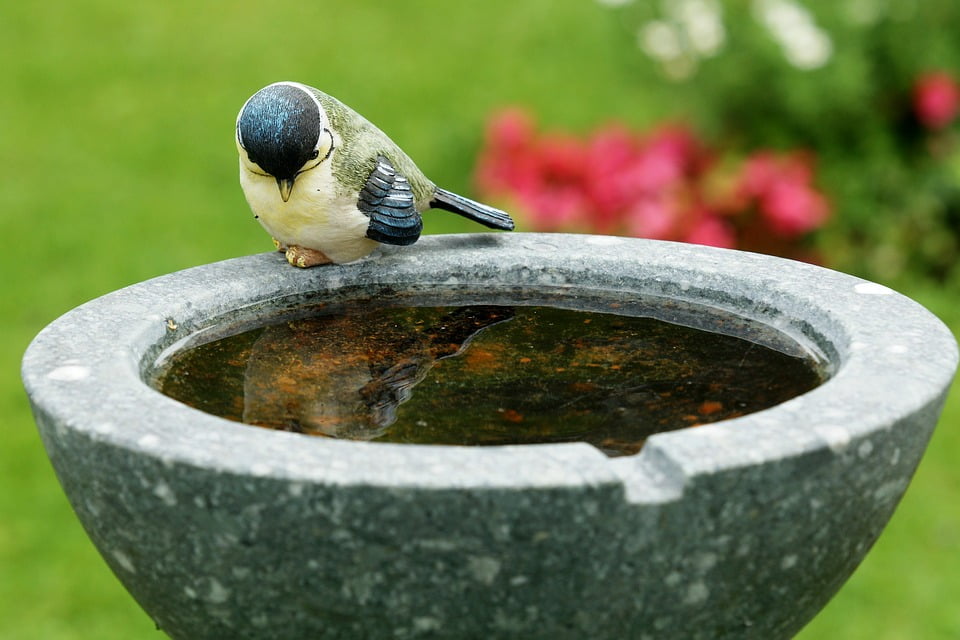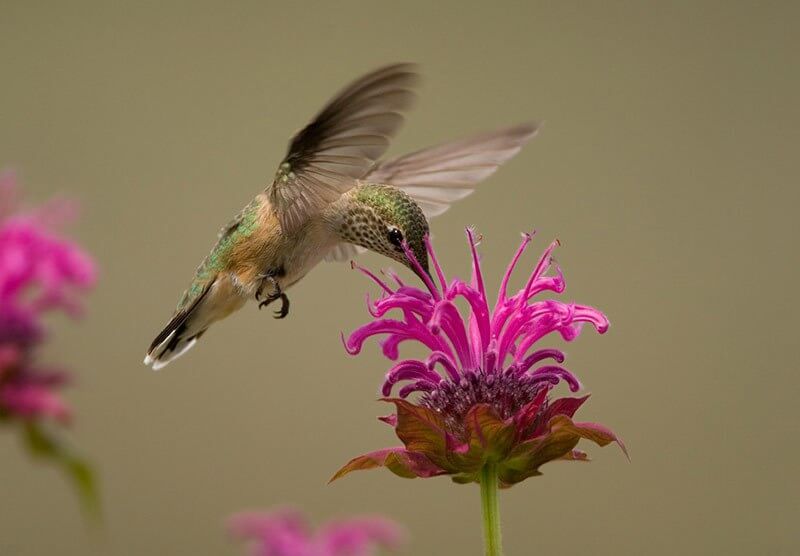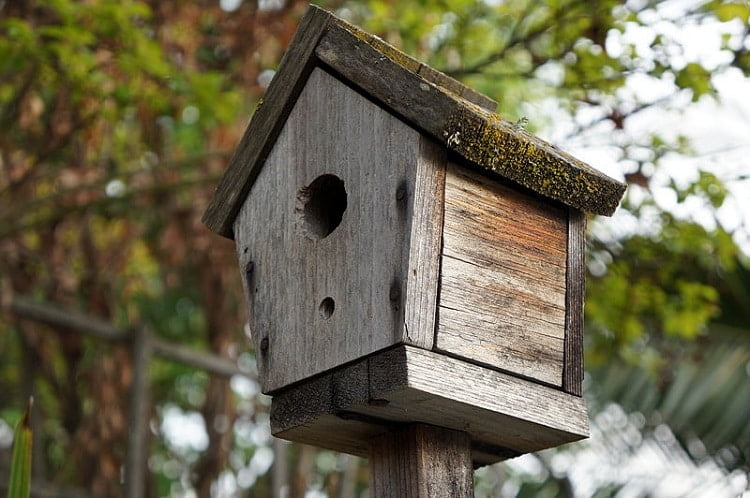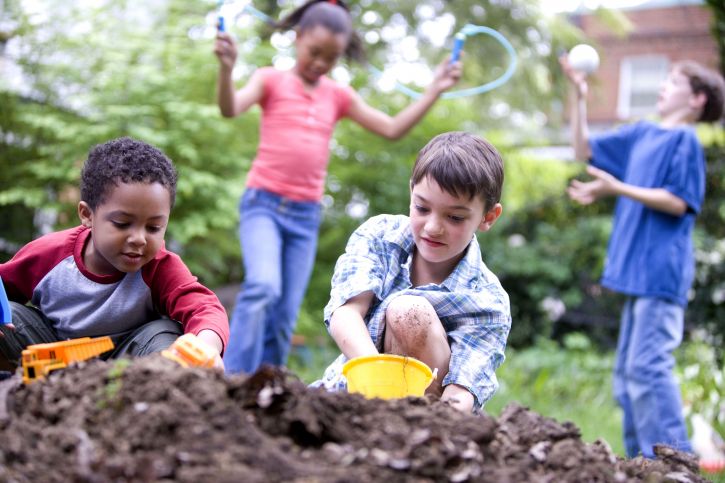Birds are really important to the ecosystem. They help maintain the amount of bugs in our area and can help to spread seeds through the yard and gardens. They are also really beautiful and fun to watch. It is very beneficial to find ways to attract birds to your garden and yard. Make your garden into a regularly visited bird stop with these ideas.
Many of us appreciate the beauty, music, and liveliness that birds bring to our outdoor spaces. With just a few simple steps, you too can attract a variety of birds to your backyard and enjoy the benefits they provide, such as natural pest control and pollination.
It’s not just about putting up a bird feeder or two – although that’s certainly part of it. Creating an inviting environment for birds involves providing food, water, shelter, and nesting sites. In this article, we’ll explore the best ways to make your garden irresistible to birds and help you create a thriving ecosystem right outside your window. So let’s dive in and discover how you can become a backyard birder extraordinaire!
1. Provide Food Sources
One effective way to attract birds to your garden is by providing a variety of food sources. You can do this by planting native plants that produce seeds, fruits, and nectar that birds naturally feed on in the wild. In addition to native plants, consider setting up bird feeders filled with different types of birdseed, such as black-oil sunflower seeds, nyjer seeds, and millet. Offering a mix of foods will attract a wider range of bird species.
Another great strategy is creating an environment where insects thrive since they are the primary food source for many bird species. This means avoiding the use of pesticides and chemicals that could harm these beneficial bugs. Instead, try incorporating plants like dill, fennel, or milkweed which are known to attract insects that birds enjoy feeding on. Providing a healthy ecosystem for insects not only helps attract birds but also promotes overall garden health.
2. Supply Fresh Water

Elevating your garden’s allure to our feathered friends, providing them with a consistent source of fresh water is indispensable. Not only does it serve as a crucial element for their hydration and overall wellbeing, but it also plays a significant role in their preening rituals – keeping their feathers in optimal condition for flight. By integrating a birdbath, fountain or even a small pond into your backyard landscape, you’ll create an inviting atmosphere that entices birds to visit and establish residence in your beautiful outdoor sanctuary.
Incorporating water features in strategic locations throughout the yard can have a tremendous impact on bird attraction. It’s essential to maintain cleanliness and ensure that the water remains free of debris and algae growth. Also, consider using shallow basins with gradual slopes or incorporating stones into the design so smaller birds can perch comfortably while drinking or bathing. Additionally, adding solar-powered fountains or water drippers can enhance the appeal of your oasis by creating soothing sounds and gentle motion that birds find irresistible. With these considerations in mind, supplying fresh water will undoubtedly transform your garden into an avian paradise teeming with life and melodious songs.
3. Create A Shelter And Nesting Opportunities
Creating shelter and nesting opportunities for birds in your garden is essential to attract a variety of species. Providing suitable places for them to rest, hide from predators, and raise their young will make your backyard more appealing. Start by planting native trees and shrubs that offer natural cover and nesting sites. Evergreens are particularly valuable, as they provide year-round shelter. Additionally, consider incorporating plants with dense foliage or thorny branches, which can serve as safe havens for smaller birds.
To further enhance your garden’s appeal to birds, install birdhouses or nesting boxes. Each species has specific preferences regarding the size and location of their nesting sites; therefore, research the types of birds you wish to attract and choose the appropriate birdhouse designs accordingly. Nesting material such as twigs, leaves, grass clippings, and feathers can be scattered around your garden to make it easier for birds to build their nests. Offering these resources will not only encourage a greater diversity of bird species but also allow you to observe fascinating behaviors throughout the breeding season.
4. Plant Bird-Friendly Flora
Transforming your backyard into a bird paradise is not only an enjoyable project, but it also adds life and color to your outdoor space. Planting bird-friendly flora will attract numerous species to your garden, providing them with the much-needed shelter, food, and nesting sites.
There’s nothing quite like the sight of birds fluttering around plants and flowers that you’ve carefully chosen for their benefit. To create this natural haven, opt for native plants that are known to attract birds in your region. These plants often provide berries, seeds, or nectar that serve as essential food sources for our feathered friends. Additionally, trees and shrubs offer nesting spots and protection from predators. By incorporating these elements into your backyard oasis, you’re setting the stage for a vibrant community of winged visitors who will delight you with their presence all year round.
5. Ensure Safety From Predators
Now that you’ve got a lovely selection of bird-friendly plants in your garden, it’s time to take another essential step towards creating a haven for our feathered friends. Ensuring that your backyard is safe from predators is crucial in attracting and maintaining a diverse population of birds.
To protect your avian visitors from potential threats, start by providing plenty of hiding spots and escape routes. Dense shrubbery and trees with low branches can offer quick cover for smaller birds, while nesting boxes placed at varying heights cater to different species’ preferences. Additionally, placing bird feeders and birdbaths away from fences and other structures where predators might lurk can help minimize the risk of attacks. Keep an eye out for domestic cats – they are notorious hunters of birds. Encourage your neighbors to keep their pets indoors, or at least have them wear a bell on their collar to alert birds of their presence. Lastly, keep the area around your feeders clean and free of debris – this not only discourages rodents but also reduces the chances of attracting larger predators like raccoons or foxes.
Some Frequently Asked Questions
What Types Of Birds Can I Expect To Attract To My Garden Backyard?
The types of birds you can expect to attract to your garden backyard largely depend on your geographical location, the native bird species in the area, and the specific plants and features you incorporate into your garden. Common backyard visitors may include sparrows, finches, chickadees, robins, blue jays, cardinals, and hummingbirds, among others. By providing a diverse range of food sources, nesting materials, and shelter options in your garden landscape, you’ll be more likely to attract a variety of avian species. Keep in mind that some migratory birds may only visit during certain seasons or times of year.
How Can I Make My Garden More Attractive To Migratory Birds Passing Through My Area?
To make your garden more attractive to migratory birds passing through your area, focus on providing essential resources such as food, water, and shelter. Plant native trees, shrubs, and flowers that produce fruits, seeds, or nectar favored by birds during migration. Offer fresh water in shallow bird baths or ponds with sloping sides for easy access. Provide nesting boxes and natural shelters like brush piles and dense vegetation to ensure safety from predators. Additionally, minimize the use of pesticides in your yard to protect both the birds and their insect food sources.
Are There Any Specific Bird Species That Can Help With Pest Control In My Garden?
Yes, there are specific bird species that can help with pest control in your garden. Birds such as bluebirds, chickadees, swallows, and various types of warblers are known for their appetite for insects and can effectively reduce pest populations in your garden. Encouraging these birds to visit and reside in your garden not only adds beauty and diversity but also provides a natural and environmentally friendly method of controlling unwanted pests. By providing the right habitat, food sources, nesting spaces, and water sources, you can attract these beneficial birds to your garden and enjoy a healthier, more balanced ecosystem.
How Can I Create A Bird-Friendly Garden That Also Maintains A Visually Appealing Aesthetic?
Creating a bird-friendly garden that also maintains a visually appealing aesthetic involves incorporating elements that cater to the needs of birds while enhancing the overall landscape design. Focus on planting native species, which not only provide natural food sources and nesting sites but also contribute to an attractive garden environment. Add bird-friendly features such as birdbaths, feeders, and nest boxes in strategic locations that blend seamlessly with your garden layout. Layer vegetation with trees, shrubs, and ground covers to create diverse habitats that are both functional for birds and visually pleasing. Finally, avoid using pesticides and practice sustainable gardening techniques to support a healthy ecosystem for both birds and plant life.
What Are Some Additional Ways To Engage With And Observe The Birds Visiting My Garden, Such As Birdwatching Tips Or Bird Photography Techniques?
To engage with and observe the birds visiting your garden, consider setting up a comfortable birdwatching spot with a clear view of bird feeders, baths, and houses. Invest in a good pair of binoculars and field guides to help identify different species that frequent your garden.
For bird photography enthusiasts, use a zoom lens or telephoto lens to capture stunning images without disturbing the birds’ natural behavior. Additionally, practice patience and move slowly to avoid scaring them away, and explore various angles and lighting conditions to create visually appealing photographs. Remember that consistent observation will not only enhance your experience but also deepen your connection with the fascinating world of birds in your own backyard.
Conclusion
Creating a bird-friendly garden can be a rewarding experience for both you and the birds. Not only will you be providing a safe haven for these beautiful creatures, but you’ll also benefit from their pest control abilities and the joy of observing them in your own backyard.
Remember to take time to enjoy and engage with your feathered visitors through birdwatching or photography. After all, your efforts in attracting them to your garden should be celebrated and cherished.










